Worlds Collide at Bongeunsa Temple in Seoul
Bongeunsa Temple is a Buddhist temple in the heart of Seoul, South Korea’s Gangnam district, constructed centuries ago and now in the midst of an economic boom that has brought skyscrapers to its perimeter. In this post, we offer a look at this unique temple, share photos from our experience, and offer some thoughts on the collision of two worlds at this spot in Seoul.
I’ve long been fascinated by the topic of ecotone. Usually, this refers to the transition area where two ecosystems meet, such as the area between a forest and mountain range. My interests are more focused on the transition and overlap between the man-made and the natural worlds, or more specifically, the effects of the man-made world on the natural world.
For example, the sudden influx of real estate development in a previously wooded area, and the resulting impacts to both the environment and the human development. The clash of the worlds that follow in such circumstances can range from coyotes being spotted in housing developments to the introduction of new species of trees or fauna to a forest. I’m not particularly sure that all of this fits a strict definition of ecotone, but it’s interesting nonetheless…
Taking the concept of ecotone a bit further to where it really doesn’t fit, you have the clash of wholly man-made ecosystems. When we were in Seoul, South Korea, I found it particularly fascinating that the part of Seoul south of the Han River (that’s the literal translation of Gangnam) consisted almost entirely of rice paddies up until the 1960s.
In fact, it didn’t contain much commercial development at all until the 1988 Seoul Olympics. Kotaku has a good article showcasing photos of the transition. In the last 20 or so years, development has absolutely exploded.
Unless you’ve been living under a rock, you’ve probably heard the song “Gangnam Style” and are at least vaguely familiar with the commercialism and wealth existing in the Gangnam district of Seoul. It’s probably the highest concentration of consumerism and nouveau riche I’ve seen anywhere, with luxury goods stores, cosmetic surgery boutiques, and general flaunting of wealth on display everywhere you turn.
What does all of this have to do with, well…anything? No, they aren’t random tangents like I am prone to post. To bring the topic around, one of the most interesting things I found while staying in Gangnam was the Bongeunsa Temple.
This is a Buddhist temple in the heart of Gangnam that was originally constructed in the year 794 during the reign of King Wonseong by the monk Yeon-hoe, and later reconstructed in 1498. For most of its existence, Bongeunsa Temple rose out of the rice paddies with little else around it.
Today, Bongeunsa Temple sticks out as a stark contrast to the COEX behind it and towering skyscrapers housing office buildings and high end retail all around it. It feels like a real life version of the house from Pixar’s Up, a lone hold-out as a sort of real estate ecotone has quickly engulfed all of what was once south of the river.
Temples in urban environments are not all that uncommon in Asia, but the way this particular one is abutted by development and has quietly watched as the entire area has undergone colossal change just feels different.
However, it is not just the sharp juxtaposition of Bongeunsa Temple’s spiritual to the superficial of the rest of Gangnam that is of interest.
Most of the cultural sites in Seoul are north of the Han River, and while visually beautiful, these popular tourist spots don’t seem to have the same soul as Bongeunsa Temple.
Unlike the major temples in Seoul, Bongeunsa Temple is not going to knock your socks off with its impressive halls, incredible design, or gorgeous gardens.
Everything here is on a smaller scale, and although there are gardens, halls, and a charming sense of design, Bongeunsa Temple’s strong suits are its intimacy and authenticity. Aside from the giant Buddha pictured throughout this post, there isn’t a whole lot visually that’s on par with the other temples throughout Seoul.
That doesn’t matter, though. I know I’ve commented on this before with regard to other temples and shrines, but part of the allure of Bongeunsa Temple, I think, is that its primary function remains serving the spiritual needs of those who frequent it.
So many of the other temples in Seoul are simply places to take a cursory walk through to grab a quick selfie or two to “prove” a visit on social media, and then leave. Sure, some people may worship at these temples, but those people are a small minority. Not the case at Bongeunsa Temple.
Since Bongeunsa Temple is a more ‘under-the-radar’ spot located far away from the main trail of temples that most tourists visit, it draws a dramatically different crowd, primarily those interested in worship or, at minimum, those respectful of the spiritual nature of the place.
On our two visits to Bongeunsa Temple, I spotted nary a selfie stick (which is really saying something as those things are everywhere in Seoul). This temple was a 5 minute walk from the Park Hyatt Seoul, where we were staying, and had I discovered it earlier in our trip, I probably would have visited more than twice–I enjoyed it that much.
For me, this pervasive spiritual atmosphere gives the temple a heightened sense of significance and import, and a totally different vibe.
I don’t think you need to be a practicing Buddhist–or religious at all–to appreciate this.
In terms of how this temple is utilized in actual worship, the giant Buddha in the open-air courtyard is a popular spot for locals in the morning hours (on their way to the office?), and even before then, at 4:00 am, you can hear monks chanting every day.
There are also a variety of temple stay programs, ranging from partial days to overnight stays during which guests can live like a monk.
Bongeunsa is also the site of the Jeongdaebulsa, a ceremony held the 9th day of each 9th lunar month when monks carry sacred scriptures atop their heads while reciting Buddhist rites.
This ceremony, as with all special events throughout the year at Bongeunsa Temple, are open to the general public.
I visited Bongeunsa Temple in both the evening and early morning (it’s open from 3 am until 10 pm), and both visits were interesting and showed a different character of the temple.
If you have the time to visit here and are ambitious, I’d try to go when the monks are chanting, staying through sunrise. This was my goal on our last day in South Korea, but I slept right through my alarm.
Otherwise, I think any time is a good time to visit, and you will find that Bongeunsa is far less busy than the other hotspots in Seoul, so squeezing it in whenever time allows and not prioritizing it is probably a smart move.
It’s also open later than most other points of interest in Seoul, so you could always plan to shop and have dinner in Gangnam, and then make a stop at this temple.
In more ways than one, Bongeunsa Temple feels like the “underdog temple,” the one you end up falling in love with not because it blows you away with its grandiose and beauty, but because it chugs along against the odds with sincere character. When I compare photos of Bongeunsa Temple to the other temples and shrines we visited in Seoul, Bongeunsa Temple doesn’t really stack up to the rest. The thing is, though, photos aren’t the ultimate measure of a place, and there’s something Bongeunsa Temple has that words and photos just can’t do justice. If you’re going to be heading to Gangnam while in Seoul, Bongeunsa Temple is a must visit. If you’re staying north of the river and don’t have any plans to visit Gangnam, it might be tough to justify the commute just for this, but you still might see if you can work it into your itinerary.
If you’re planning a trip to South Korea, check out my other posts about Seoul. I would also highly recommend the Seoul Selection Guide, written by a long-time, local expat.
Your Thoughts
Have you visited Bongeunsa Temple? Does it look interesting to you? Any other thoughts or questions to share, please post in the comments below!


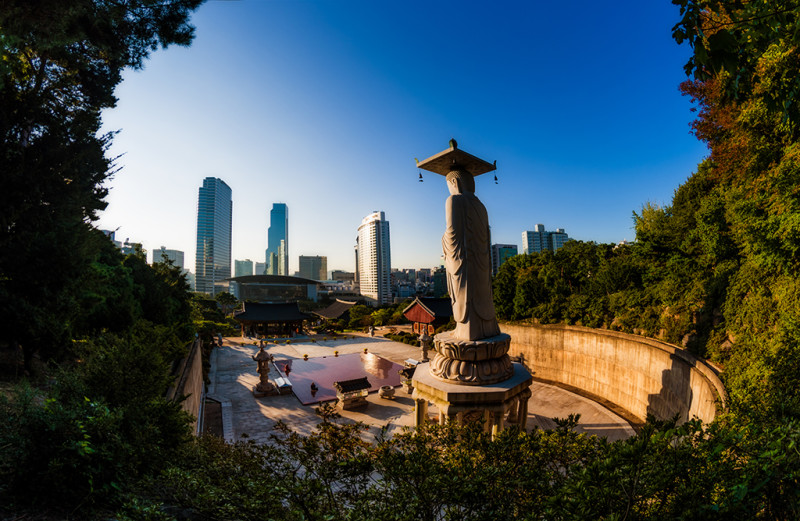





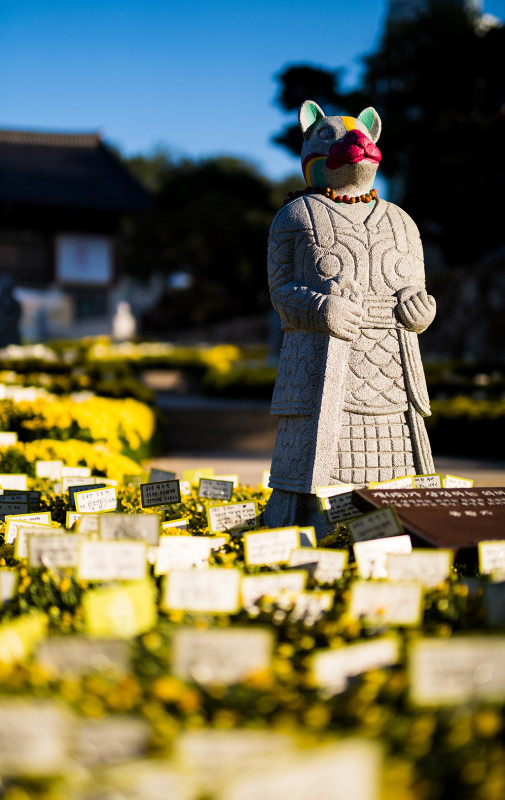

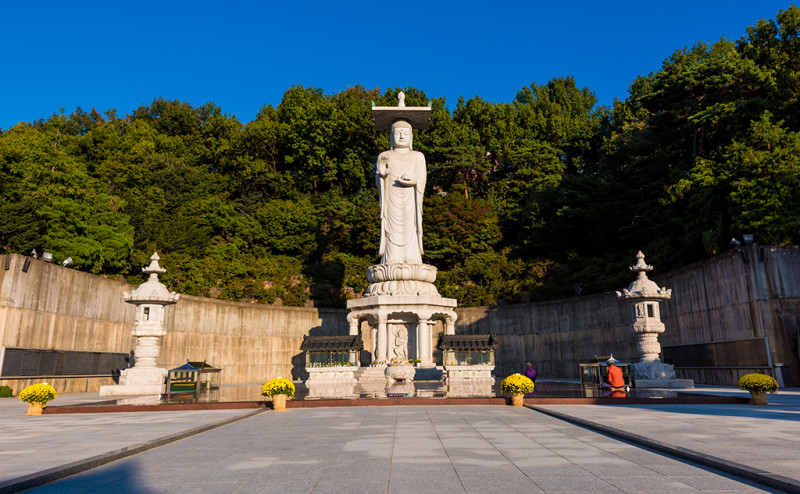


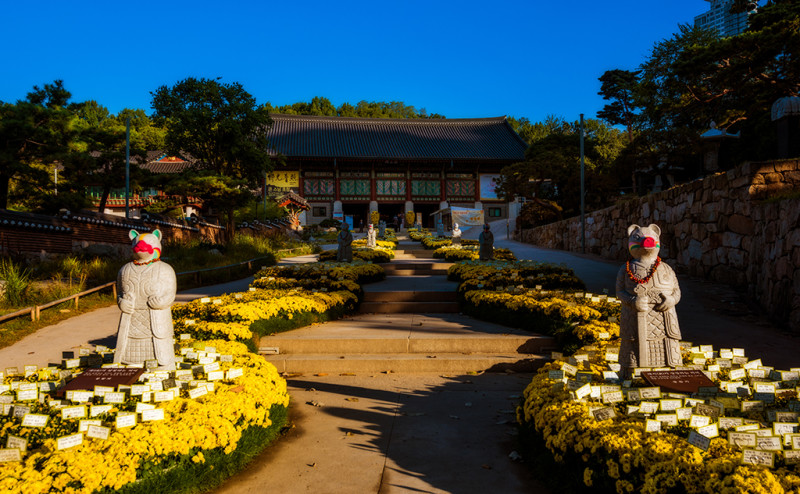



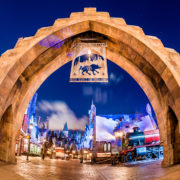




I spent time in the remaining building from the 1800s which houses the 180 woodblocks of the avatamsaka sutra. It was amazing that we could get so close. At Heinsa, the woodblocks are kept behind lock and key.
I was there and felt cradled in spiritual warmth
I love your post and photography of Bongeunsa! I lived in Seoul for a few years near and worked near Bongeunsa. I loved to go there sometimes to take a quiet break from the city, it is also absolutely beautiful in the spring with all of the lanterns for Buddha’s birthday. I also love the juxtaposition of the temple and the city.
Thanks for the beautifully written post – I love to hear about these off-the-beaten path spots, and you really make it clear why this place is so special. And gorgeous photos, as always.
Thanks! Glad I was able to convey why this place is special, because it’s not something readily visible from photos.
Interesting stuff. An interesting contrast to me is how “eastern” the temple is in contrast to the modern buildings which look just like your typical western city. I’m not sure if this is because western culture has become more global, or if this is really a more global culture that doesn’t really have root in one or the other.